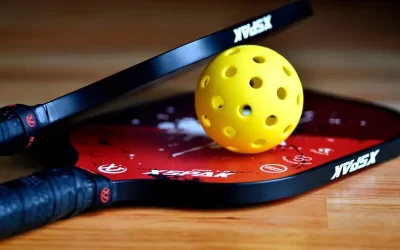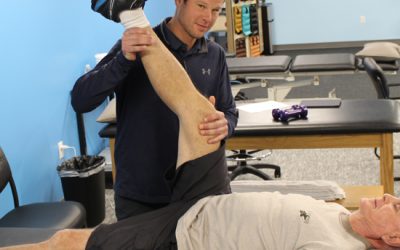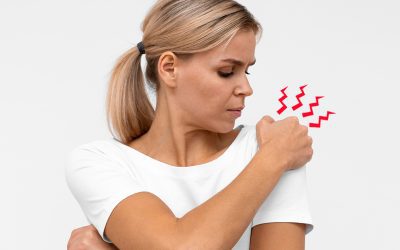by Kate Serodio, DPT Owner/Physical Therapist
On a daily basis I am asked “what brand of footwear is best” should I be buying New Balance or Nike? Or maybe Asics? Or how about those Sketchers that have a rounded bottom? I wish it was that simple but like most things in life, it’s just not. Our current “best practice” beliefs for the past 20 years suggests that you must know your foot type in order to know what sneaker/shoe is best for you.

There are, generally speaking 3 types of feet (this is over simplifying): high arched (pes cavus), low/flat arched (pes planus), and a neutral arch. A neutral arch is the most common type of foot type and is believed to be the ideal foot position. The second type is a flat arch (25% of americans) in which you may be overpronating and are believed to be at a higher risk of foot injuries due to the excessive motion of the arch caving in while you walk/run. The last type is the high arch (10-15%)which you are most likely supinating and walking on the outside of your foot. Supinators are believed to be at risk of injury also secondary to their foot not absorbing the shock and sending forces up the lateral leg.
Once you determine what type of foot you have you can then determine what category sneaker would be best. Sneakers are generally put into 3 categories (how convenient) to accommodate for the 3 different foot types. Stability shoe for neutral arch, cushioned shoe for high arch, and motion control shoes for flat arch. Again, this concept is most definitely over simplifying the dynamics of your foot but it gives you a good place to start.
SELF SNEAKER ANALYSIS:
Stability shoe: this is for the normal foot, most of us will fall in this category.
This sneaker will generally demonstrate:
Arch: generally look for a darker colored arch. The darker color is actually usually a different more dense material. You’ll notice on most shoes that the forefoot is usually solid white and if you press on it it’s more compressible. If you then look at the arch you’ll notice a different darker color and you’ll notice it’s more dense when you compress it. this lets you know you the sneaker has stability at the arch.
Heel: The heel should also have a different color /denser material supporting the medial heel in order to support/prevent pronation.
Last (shape of the shoe): look for semi curved. If you were to draw a line down the middle of the shoe from the toes to the heel you should find a slight curvature. This allows to control for some degree of pronation
Inner sole stitching: Look for a peripheral stitch or combination stitch. remove the inner sole and you will see the stitching of the sneaker. The more seems you see the more flexible the sneaker is. A peripheral stitch or combination will allow for more stability of the sneaker
Cushion shoe: This is for the supinator or very high arch
Arch: same material as the rest of the sole, usually white compressible material.
Heel: same white compressible material for shock aborption. Generally those that supinate may experience pain up their lateral leg, hip or back. Getting the right shock absorption in their sneakers is believed to help eliminate this pain.
Last (shape of the shoe): look for a curved shape. If you were to draw a line down the middle of the shoe from the toes to the heel you should find a C curvature. This will accommodate rolling on the outside of your foot.
Inner sole stitching: Look for a central stitch or combination stitch. The more stitching the more flexible the shoe is.
Motion control shoe: This is for the moderate to severe pronator or low arch
Arch: same as stability
Heel: same as stability
Last (shape of shoe): If you drawer a line down the middle you will have a straight line
Inner sole stitching: a board or peripheral stitch. Peripheral stitching, the less stitching the more supportive.
TIPS:
Replace your sneakers regularly every 300-500 miles.
Rubber breaks down over time regardless of use. The clearance sneaker may be older than it appears and the rubber may not provide you with the support you were looking for.
If you have thick inserts or orthotics buy a sneaker ½ a size bigger.
When fitting your sneaker you should allow a thumbnail’s width between the length of the longest toe and end of the shoe.
Comfort is key, some stores will actually allow you to take them home and test them indoors or on a treadmill. You will never know how it feels until you’ve walked in them.
More expensive doesn’t mean better. These sneakers usually have more cushion or shock or more stabilizing features which may give you more than you actually need and create injury
The information above is the recommendation we have been giving for over 20 years, however our current literature does not exactly support these recommendations. The research has not found a correlation between injury prevention and footwear prescription based on one’s foot type.
My personal recommendation, through my own clinical experience, is to have people without a known foot problem aim to wear a stability shoe which is not over cushioning or over stabilizing. If you then find that you are having a foot or leg problem, you can then adjust from there to either add more or less support which may be needed for your unique foot type or foot problem. My advice is to focus on what has felt best in the past and stick with it! Your body was telling you the sneaker was for you and it will most definitely speak up in the form of pain when something isn’t right. So, to answer the original question that I am asked daily, “what brand of footwear is best?” the brand doesn’t matter since every company has the same 3 types of footwear, what matters is what feels best!
Rye Physical Therapy (Hampton & Seabrook, NH clinics) offer footwear prescriptions and treat all types of foot pain. Please feel free to call and speak with one of our therapists if you are experiencing pain. www.HamptonPT.com




